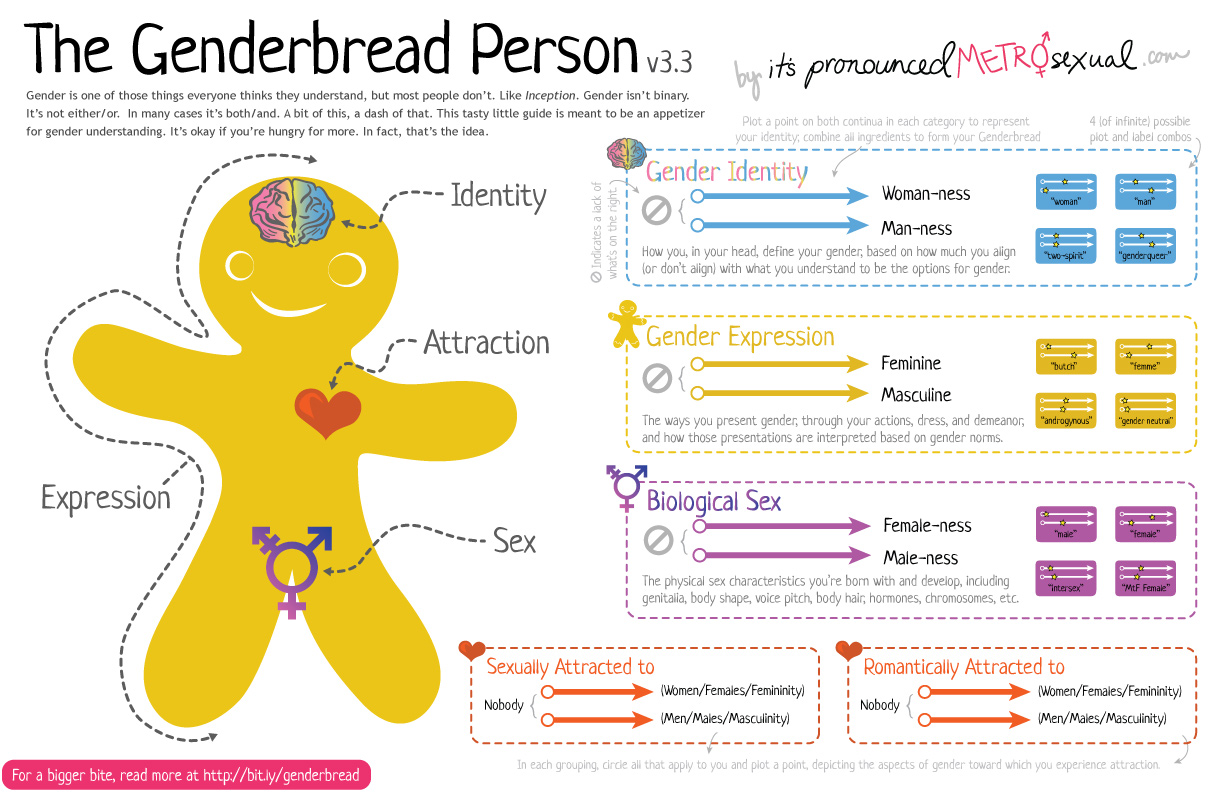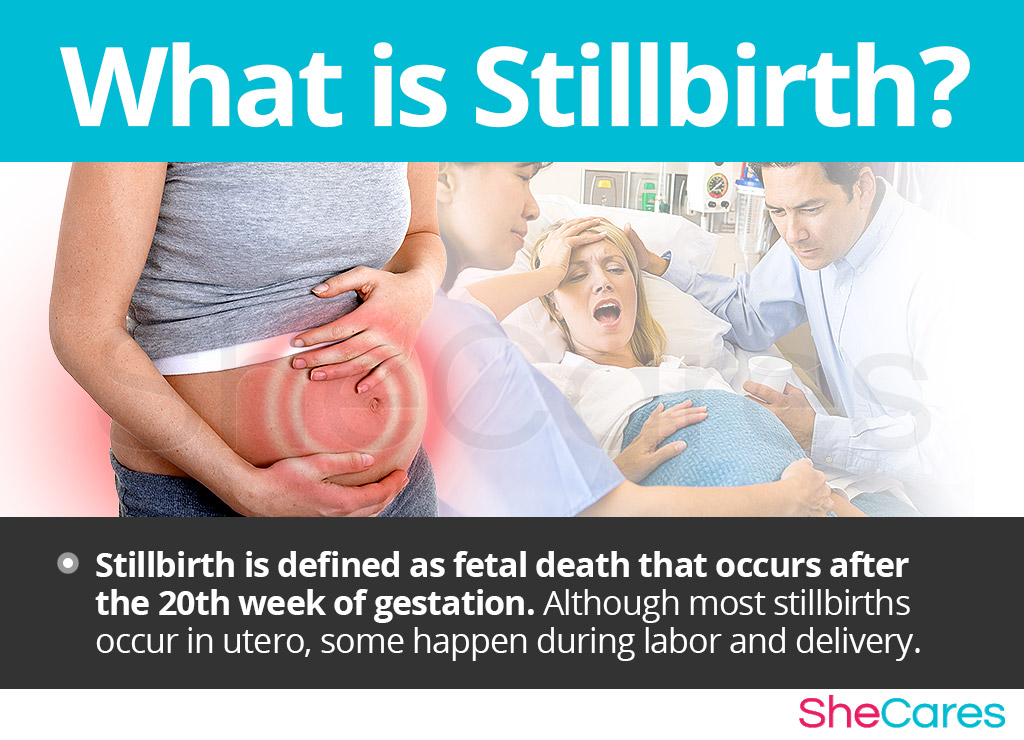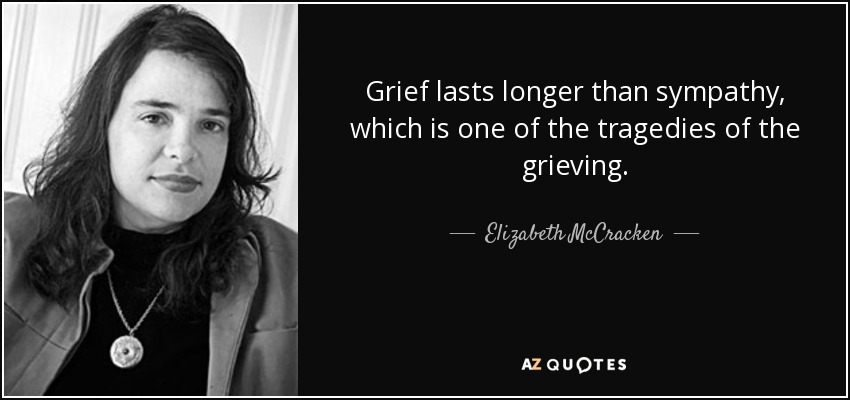When I was a sophomore in college I took the introduction to women and gender studies class at Kutztown University. In that class, I learned so much that I had not known before. Most I probably still would not know if it had not been for that class. I learned in that class that gender was fluid and that all people should be able to live their lives how they wish to without it have to be deemed okay by others. After learning so much from this class and actually enjoying what I learned and feeling as though it could be applied to everyday life I decided to go through with adding the women and gender studies minor.

Many of the people in my life have asked how Women and Gender studies could possibly help me when I am getting a degree in biology. Personally most days I feel as though this minor has prepared me a bit more for the career path that I have chosen, which is Ob-Gyn Sonography. This minor has made me aware of many things that just studying science could not have prepared me for. For example this whole semester I have written a blog about women’s experiences through pregnancy.
I have been exposed to not just the happy side of pregnancy but also the heartbreaking experiences that women go through all the time but tend to just not speak about because of how painful and traumatizing it could be. When I chose to go for Ob-Gyn sonography I never even thought of the fact that things can and do go wrong in pregnancies. I have also learned through reading books and talking to women who have had these experiences that many times the first person to recognize that something is wrong may be the ultrasound technician. This has made me aware of the reality of the career path I have chosen and better prepare me for what I may end up experiencing.
The women and genders studies minor has also taught me that while I may have a lot of privilege in my life there are others that aren’t so fortunate. This minor has taught me that if I truly want everyone to be given the equal chances that they deserve, I need to speak up and use my privilege to help those who may not be given the voice and opportunities that I am. Through the classes I have taken and the professors I have worked with I have learned to fight for what you believe in. This can be done by setting a goal and educating myself on how to reach it and not stop until it is met.
This link is about women who had a women and gender studies minor and how it chnaged their lives. https://www.une.edu/cas/womens/life-changing
One of the professors I have looked up to since my Introduction class is Dr. Clemens. Watching her fight for what she believes in no matter what obstacles are thrown her way has shown me that as long as you stay true to who you are and what you believe in you can make a change in the world whether it is tiny or huge there can impact someone’s life. I will forever be grateful for deciding to pursue the minor in Women and Gender studies and what the classes and professors have taught me about life in general along with what can help prepare me for future careers. I would without a doubt always encourage people at Kutztown University to take the women and gender studies program.




